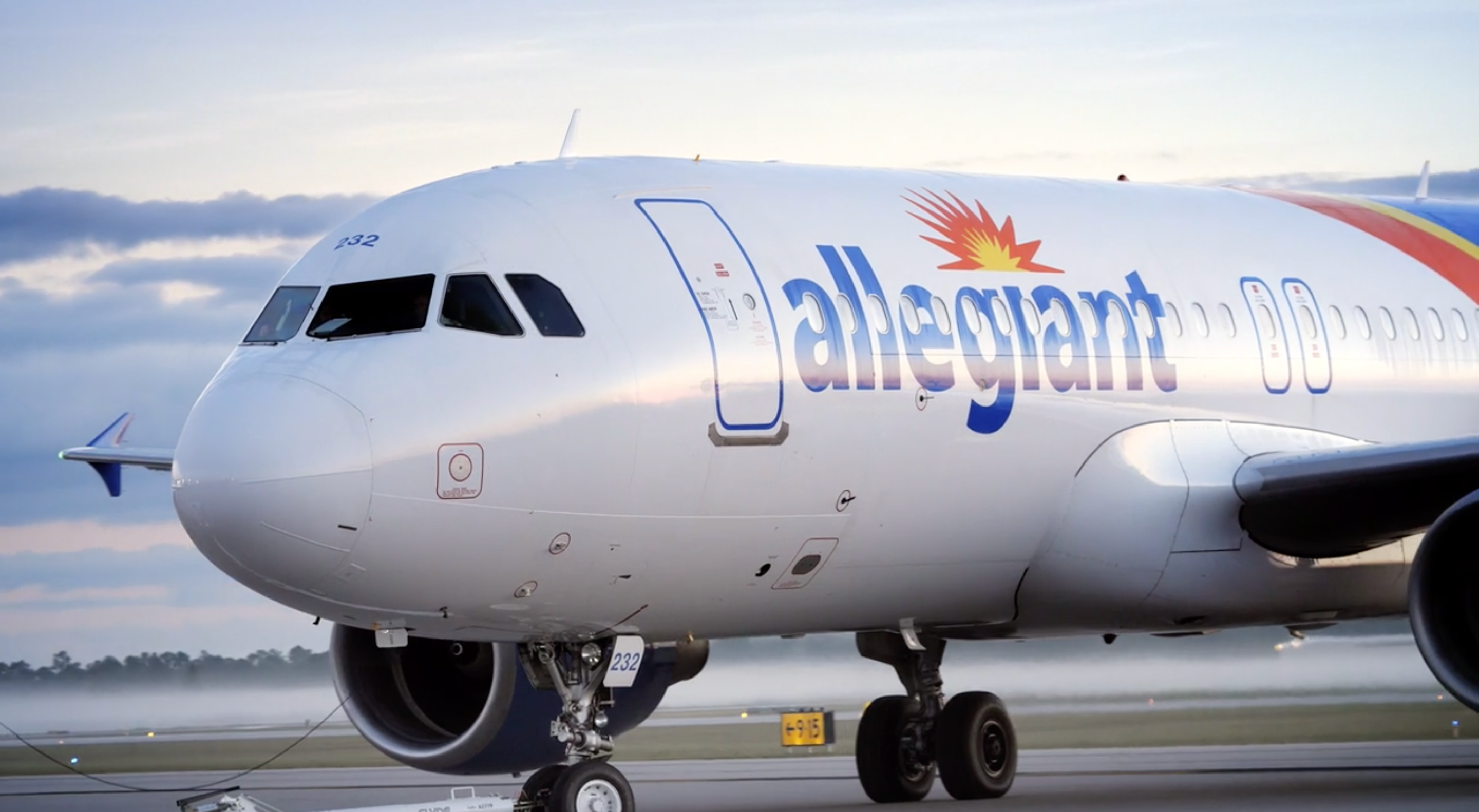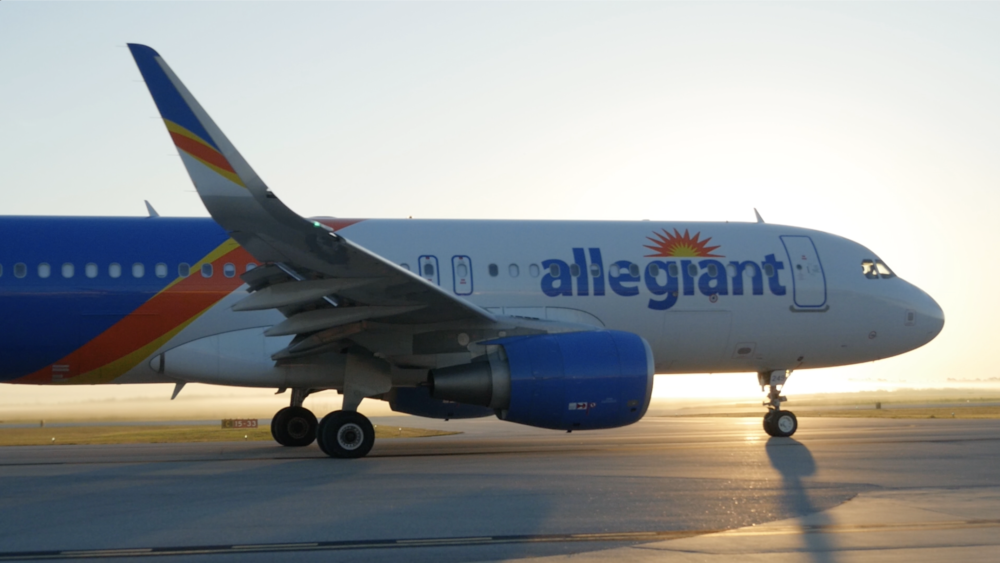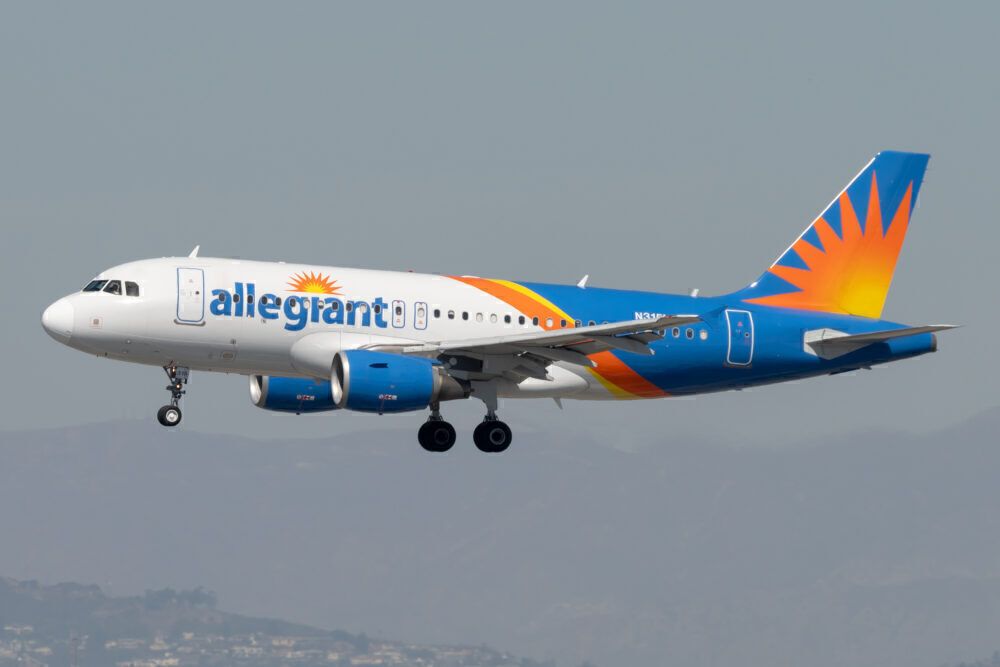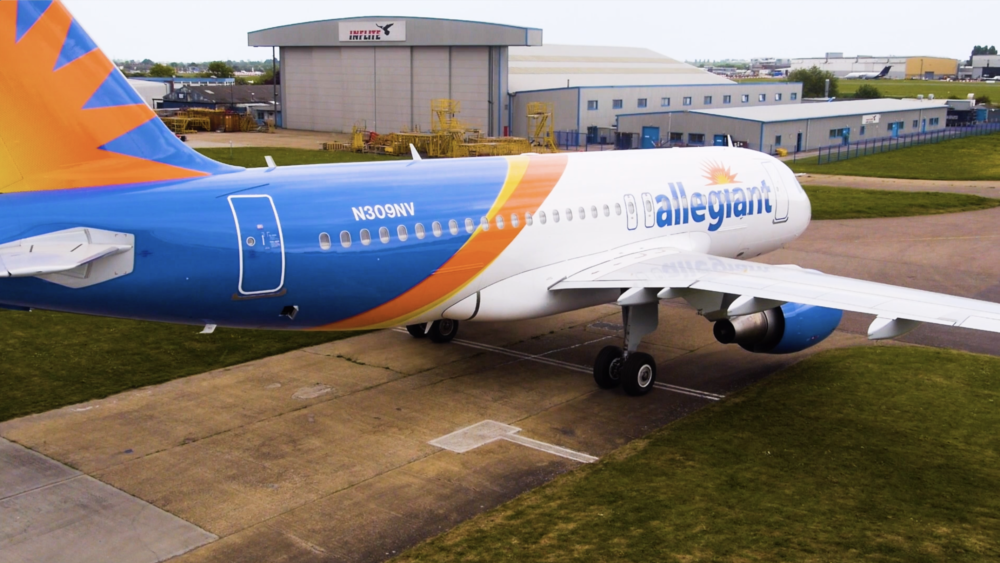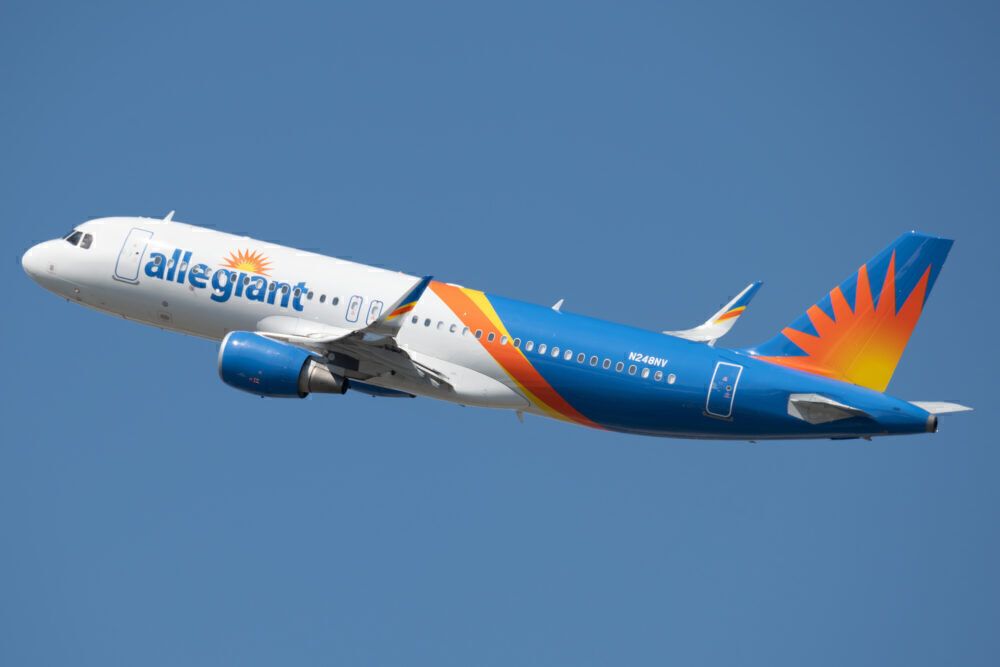Allegiant Air on Friday reported its March passenger numbers. Capping off the first quarter, which ended far better than it started, Allegiant increased capacity for the month by a whopping 14% compared to the same month in 2019 at a time when most other airlines are still operating in the red with capacity compared to 2019. As the airline heads into the summer, optimism is the name of the game for Allegiant.
Allegiant's March capacity increase
Measuring capacity by available seat miles, Allegiant's March 2021 capacity was up 13.8% compared to March 2019. An impressive growth that saw the airline's departures increase by a similar number, the airline had previously forecast growth in capacity in the first quarter.
The first quarter of 2021 is typically a slower one for travel. However, buoyed by a successful spring break and an improving travel demand outlook, Allegiant saw plenty of room to grow.
In March 2020, when the crisis started to unfold in the US, Allegiant started to cut down its capacity and prepared to weather the upcoming crisis. When comparing March 2021 numbers to March 2020, the airline's total capacity was up 29.6%.
Speaking on the capacity increase, Drew Wells, senior vice president of revenue at Allegiant Air, stated the following:
"Capacity was up roughly three percent, when compared to 2019, with March capacity up 14 percent. Although this caused some load pressure, our focus remains on generating positive cash flows and optimizing profits. We continue to expect first quarter total revenue to fall in the middle of our previous guide of down 35 to 40 percent, when compared with 2019. We remain optimistic about peak summer travel. With national vaccination rates steadily increasing and average daily bookings trending in the right direction, we expect sequential revenue improvements into the second quarter."
What about the first quarter?
In the first quarter, Allegiant's 2021 capacity compared to the same quarter in 2019 was up 3.1%. At the start of 2021, Allegiant Air announced it was planning an increase in capacity for the quarter, even as other airlines tempered expectations for the first quarter amid a continuing volatile situation.
Initially, Allegiant expected its first-quarter capacity to be up between 0.5% and 5.5%. However, in early March, as the airline started to see an uptick in bookings and more opportunities to fly, it expected its first-quarter capacity to be up between 2.0% and 4.5% compared to the same quarter of 2019. The final number came about right in the middle of this estimate.
When comparing the first quarter of 2021 to the first quarter of 2020, Allegiant's scheduled capacity was down 1.1%. In the first quarter of 2020, after taking into account the cut-downs in capacity after the crisis hit, Allegiant's capacity was up 4.3% over the same quarter in 2019.
Load factor and passenger numbers remain low
In March 2021, Allegiant saw a systemwide scheduled load factor of only 55.8%. This was down from 86.1% in the same month in 2019. For the first quarter, the airline's load factor came out to 55.3%, down from the 83.9% load factor the airline saw in the same quarter of 2019.
March 2021 saw Allegiant transport 1,095,572 passengers. This was down 26.2% from the same month in 2019. So, even with the increase in capacity, the low load factor led Allegiant's passenger numbers to decline.
For the first quarter, Allegiant's passenger numbers were down 32.1% from the same quarter in 2019. With 2,323,302 passengers choosing to fly Allegiant in the first quarter, the numbers show that March made up nearly half of Allegiant's total first-quarter passenger numbers.
Gregory Anderson, executive vice president and chief financial officer, stated the following on improvements in March:
"We are encouraged by the meaningful improvement in customer demand throughout the month of March. Average daily bookings for the month exceeded average daily bookings during the same time period in 2019. The significant improvement in March demand coupled with our industry-leading cost structure enabled us to generate positive EPS and EBITDA for the month of March, excluding the benefit from the payroll support grant. For the March quarter, we expect adjusted CASM, excluding fuel, to be down 3 to 4 percent, year over two-year."
One of the biggest takeaways from Allegiant's first-quarter passenger numbers and capacity is that the airline is focused on profitability. Even with a 55.8% load factor, the airline generated a positive result for earnings before interest, taxes, depreciation, and amortization (EBITDA).
Stay informed: Sign up for our daily and weekly aviation news digests.
A three to four percent decrease in cost per available seat mile (CASM) excluding fuel is also impressive, as ultra-low-cost carriers like Allegiant need to keep as low as possible. Combined, these results show that Allegiant is skillfully targeting its capacity, emphasizing total revenue over load factors. If the airline can keep it up, it will be one of the first carriers to turn a profit and always go back later to fix its load numbers.
What do you think about Allegiant's March increase in capacity? Did you fly Allegiant in March? Do you have plans to fly Allegiant? Let us know in the comments!

